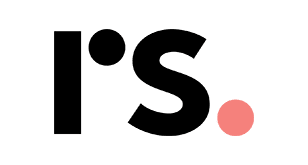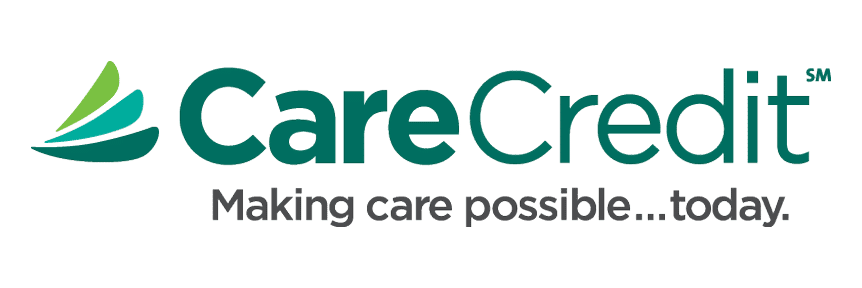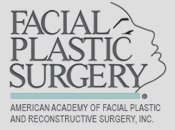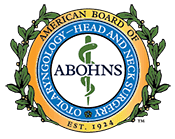Posted January 28, 2010 in Blog, Somnoplasty, Uncategorized
Somnoplasty of the inferior nasal turbinates is a non-surgical treatment for the improvement of air flow and breathing through the nose. Prior to Somnoplasty availability, patients with nasal breathing obstruction had only one choice, surgical correction. Deviated nasal septum’s and enlarged nasal turbinates cause nasal obstruction, recurrent sinusitis, and snoring. Patients with nasal obstruction had to have surgery under anesthesia, many times with uncomfortable nasal packing left in their nasal cavities for days after the surgery, hemorrhage, and other complications.
Fortunately today, in the vast majority of nasal obstruction cases due to a deviated nasal septum or enlarged turbinates, Dr. Persky is able to treat the problem without surgery. Since using Somnoplasty of the turbinates in 1998, Dr. Persky has been able to avoid surgery in about 75% of his patients presenting with septal deviation and/or turbinate hypertrophy.
Using precise radio-frequency energy, Somnoplasty shrinks the volume of turbinate tissue, improves nasal breathing, and helps with snoring. It is a 30 minute treatment in the office with topical anesthesia inside of the nose. Once the nasal mucosa is numb from the topical anesthesia, lidocaine is painlessly injected into the turbinates for further local anesthesia. 2 to 4 areas in each nostril are then treated with the radiofrequency for about 1 to 2 minutes each. There may be a mild sensation of heat or transient dull achy feeling during the application of the radiofrequency energy. There may be a few drops of blood after the procedure from the needles, but uncomfortable packing has never been necessary in the hundreds of patients treated by Dr. Persky, as the bleeding is minimal.
Patients are able to leave the office by themselves and return to work the next day. It feels like a stuffy nose without being sick. The stuffy nose lasts for 3 to 7 days, at which time nasal breathing returns to the pre-treatment state. Breathing and air flow through the nose continue to improve over the following months. 95% of patients require only one treatment, 5% a second treatment.
If nasal obstruction was the cause of the patient’s snoring, then a side benefit of the treatment is a very happy spouse or bed partner. As they say, “When you laugh, the world laughs with you; when you snore, you sleep alone.”
Dr Persky is located in Encino, California but services all of Los Angeles and the San Fernando Valley. Including, Beverly Hills, Hollywood, Santa Monica, Malibu, Sherman Oaks, Studio City, Calabasas, Woodland Hills, Tarzana and Agoura Hills and more.




